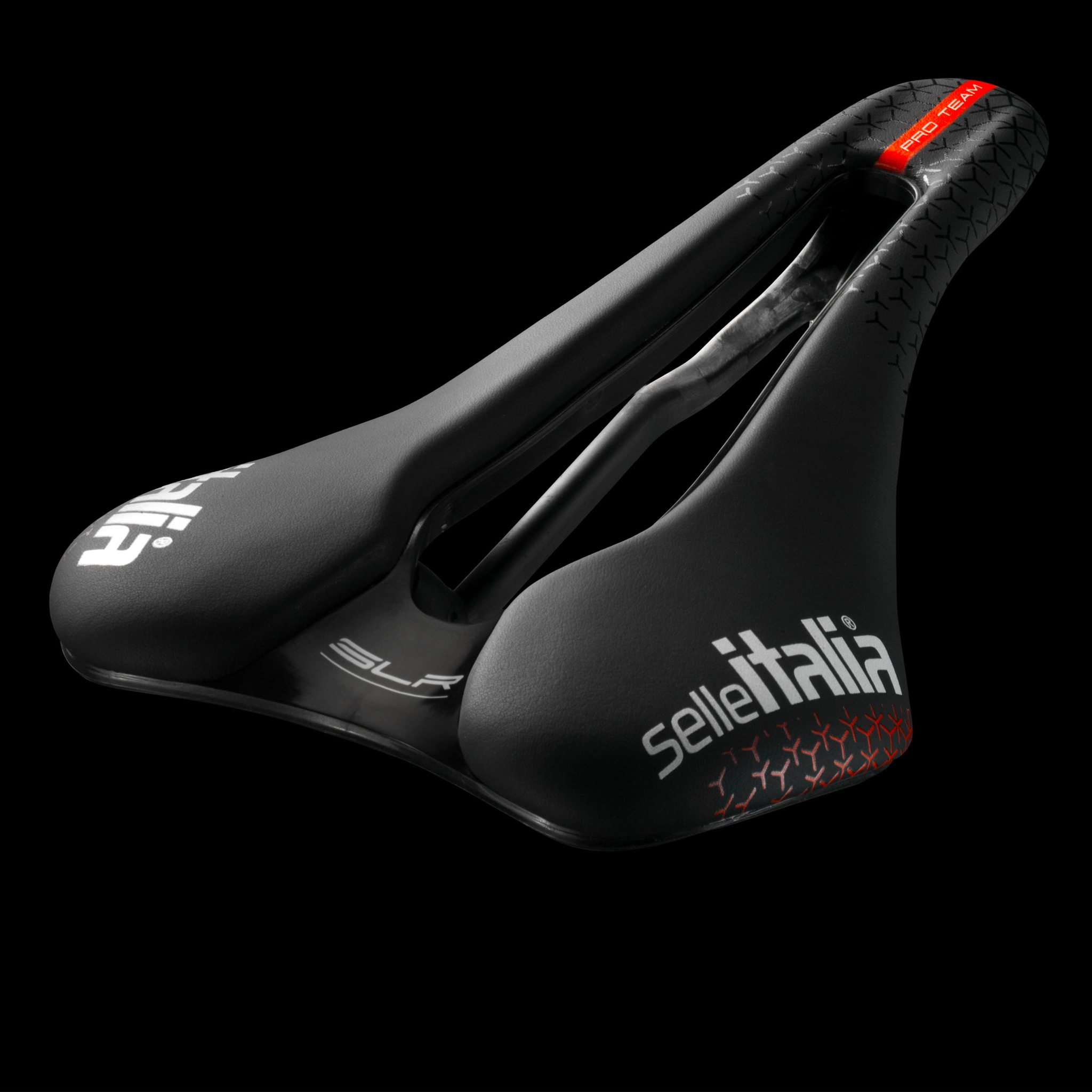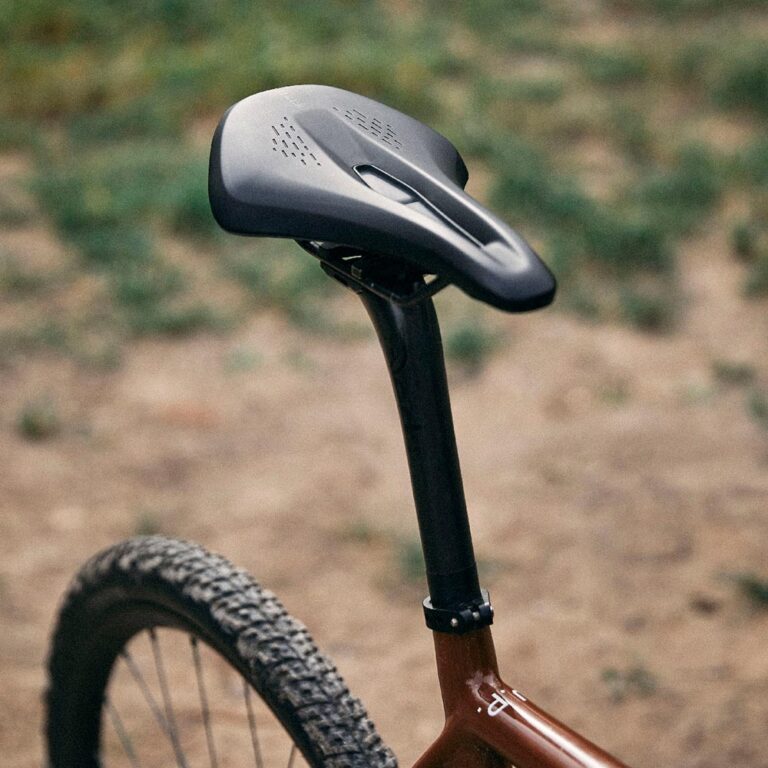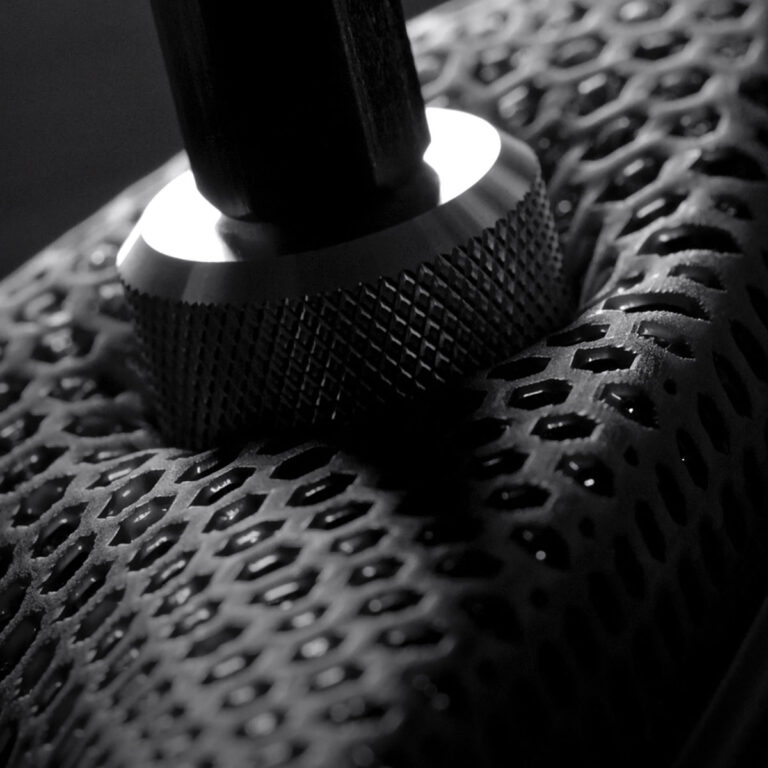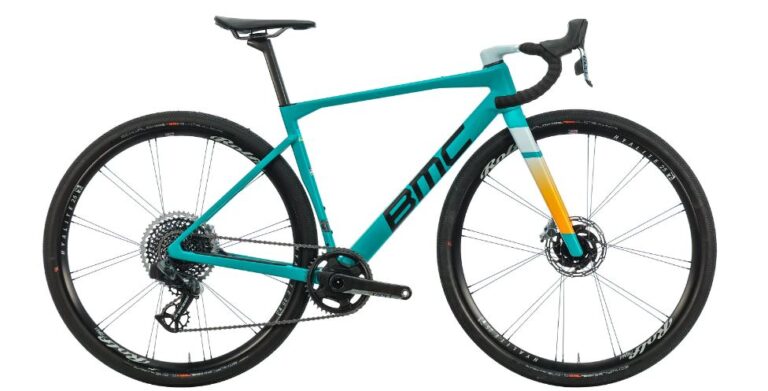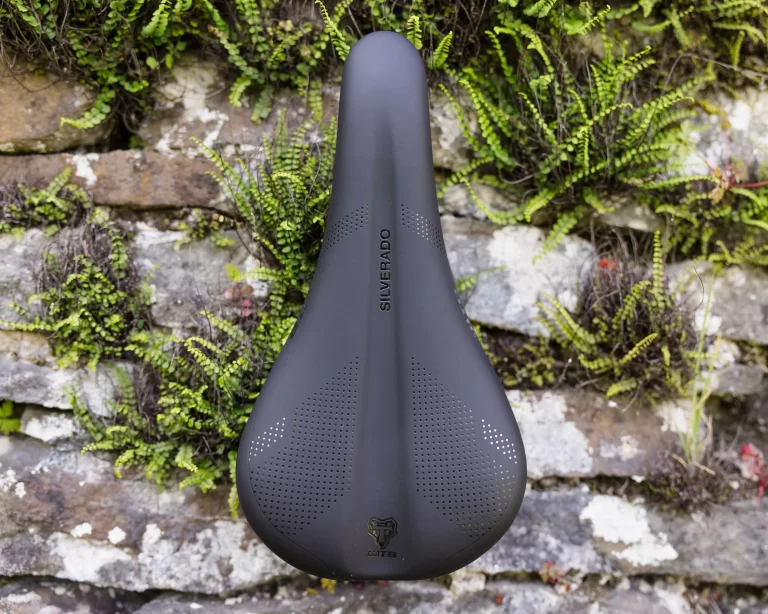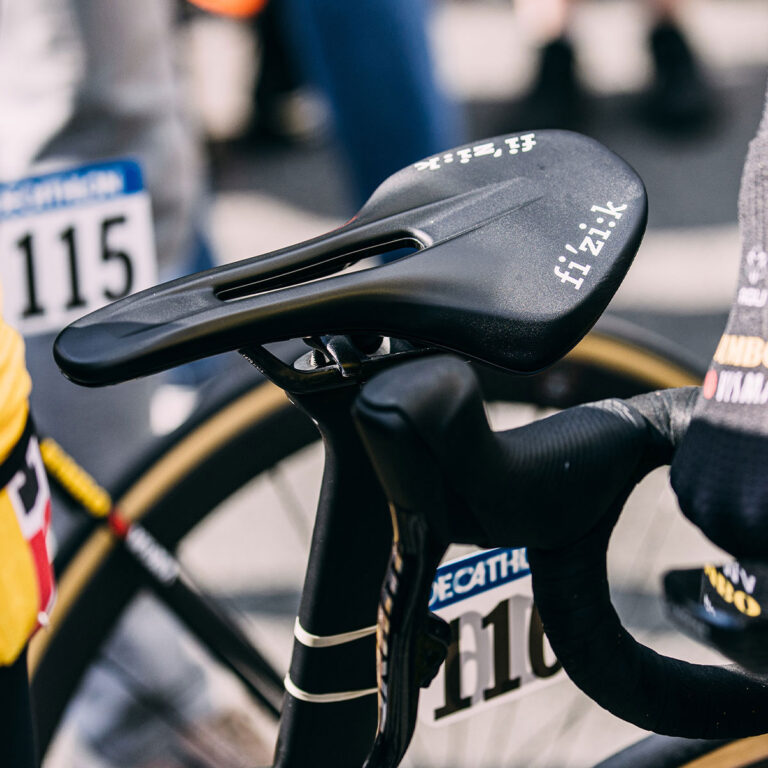Gel vs Foam Saddles for Gravel Bikes: Comfort Meets Durability
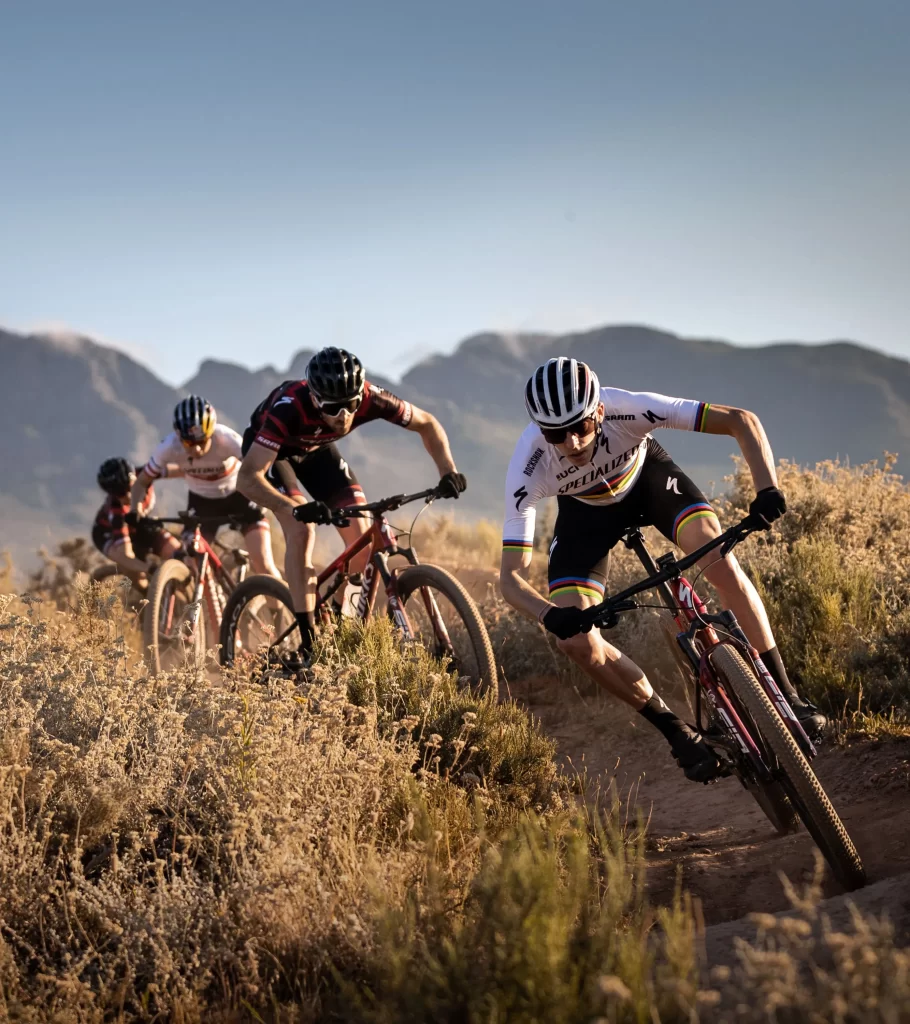
Key Point Summary of Gel vs Foam Saddles for Gravel Bikes:
- Differences Between Gel and Foam Saddles: Exploring the unique characteristics and benefits of each saddle type.
- Personal Experiences with Saddle Comfort: Sharing my own journey in finding the right saddle for gravel biking.
- Choosing the Best Saddle for Your Ride: Guiding beginner to mid-level cyclists in selecting a saddle that suits their needs.
As a master cyclist with extensive experience in racing and riding across various disciplines like mountain biking, gravel biking, and cyclocross, I’ve come to appreciate the nuances of choosing the right saddle. The debate between gel and foam saddles is a common one, especially among gravel bike enthusiasts.
Gel Saddles: The Comfort King
Gel saddles are known for their superior comfort. The gel conforms to your body, providing a plush cushioning that’s particularly beneficial for long rides on uneven gravel terrain. These saddles are ideal for riders who prioritize comfort over long distances. From personal experience, I found that gel saddles can be a game-changer for those grueling endurance rides, where the extra cushioning can reduce fatigue and discomfort.
Foam Saddles: Balancing Comfort and Performance
Foam saddles, on the other hand, strike a balance between comfort and performance. They are generally firmer than gel, offering better support and power transfer, crucial for aggressive riding styles. Foam saddles tend to hold their shape better over time, making them a durable choice. During my earlier racing days, I preferred foam saddles for their responsiveness, especially when tackling challenging cyclocross courses.
Key Considerations in Saddle Selection
When choosing between a gel or foam saddle for your gravel bike, consider your riding style, comfort preferences, and the type of terrain you’ll be tackling.
- Riding Style: If you lean towards leisurely, long rides, a gel saddle may be more suitable. For more competitive or rigorous riding, foam might be the way to go.
- Saddle Longevity: Foam saddles generally offer better longevity, while gel saddles might require more frequent replacements.
- Terrain Type: On rougher gravel paths, the extra cushioning of a gel saddle can be beneficial.
Gel and foam saddles offer different benefits catering to various preferences and requirements. Gel saddles are generally favored for their immediate comfort and cushioning, while foam saddles are chosen for their balance of support and durability. It’s important to consider factors like the type of riding you do, comfort preferences, and the saddle’s compatibility with your bike when making a choice.
For gravel biking enthusiasts looking to choose the right saddle, Selle Italia offers a range of options designed to meet the specific needs of gravel riders. Some of their notable models include:
- Selle Italia Novus Boost Gravel Heritage TI 316 Superflow: This saddle is designed for support in extreme conditions, with a wave-shaped profile to support riders with pelvic tilt and a shorter Boost length for a better fit during rides.
- Selle Italia SLR Boost Gravel TI316 Superflow: Known for its neutral profile, this saddle aids in pelvic rotation and suits both dynamic and static riders.
- Selle Italia Flite Boost Gravel TI 316 Superflow: Offers a flat profile for a brilliant range of movement, making it ideal for riders who prefer a dynamic riding style.
- Selle Italia Novus Boost Evo Gravel TM Superflow: This model provides support for riders with pelvic tilt, featuring shock-dampening TI 316 rails and a pressure-relieving Superflow cutout.
These saddles are equipped with features like Hi-Viz surfaces for better visibility, and carbon-powered shells for durability, and are available in various colors to match your bike
Additionally, other brands like Brooks, Fizik, and Selle Italia Flite also offer great options for gravel bike saddles:
- Brooks C15 Carved: Known for its comfort and flexibility, especially with its cut-out design that adds compliance.
- Fizik Vento Argo R5: A premium option with a carbon-reinforced nylon shell, large center cut-out, and alloy rails for comfort and affordability.
- Fizik Arione R1 Open and Regular R1: These saddles are designed for racing, with a unique design, comfortable padding, and carbon composite shell.
- Selle Italia Flite Boost TM and TM Superflow: These saddles are known for their all-round performance in endurance riding, featuring a short nose, flat profile, and substantial cutout for comfort.
Each of these models brings a unique blend of comfort, support, and durability, making them suitable for the varying demands of gravel biking. When choosing a saddle, consider factors like your riding style, comfort preferences, and the type of terrain you’ll be tackling.
Final Thoughts
Selecting the right saddle – be it gel or foam – is a personal choice that can significantly impact your riding experience. As someone who has navigated various paths and terrains, I can attest that the right saddle not only adds to your comfort but can also enhance your performance. Whether you’re a beginner or an experienced gravel biker, take the time to try out both types and see which aligns best with your riding needs. The right saddle is a key component in your journey towards a more enjoyable ride.
John
FAQ
Is gel or memory foam better for seat cushion?
Whether gel or memory foam is better for a seat cushion depends on personal preference and specific needs. Gel cushions typically provide a cooler seating experience and are good for pressure relief, making them popular for those who require prolonged sitting. Memory foam, on the other hand, offers excellent support by conforming to the body’s contours and evenly distributing weight, which can be beneficial for comfort and reducing strain. Each type has its own unique benefits, so the best choice depends on individual comfort preferences and requirements.
Are gel saddles more comfortable?
Gel saddles are generally considered more comfortable, especially for casual or leisure riders, due to their extra cushioning which provides a plush feel and helps absorb vibrations and shock from the road. However, comfort is subjective and depends on individual preferences and riding style. Some riders might prefer firmer foam saddles for longer rides or more aggressive cycling.
What is the best material for a saddle?
The best material for a bike saddle depends on the rider’s needs and preferences. Common materials include:
- Leather: Durable and molds to your shape over time, offering a custom fit.
- Synthetic: Lightweight, less maintenance, and often weather-resistant.
- Gel: Provides extra cushioning and comfort, ideal for leisure riders.
- Foam: Varies in density, offering a balance between comfort and support for longer rides.
Each material has its own set of benefits, so the ideal choice varies based on factors like riding style, comfort preference, and durability requirements.
